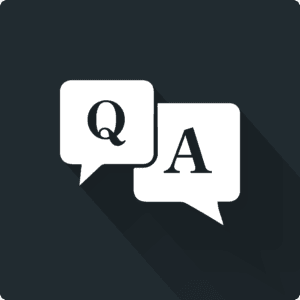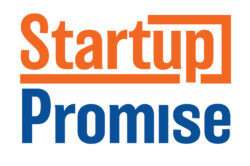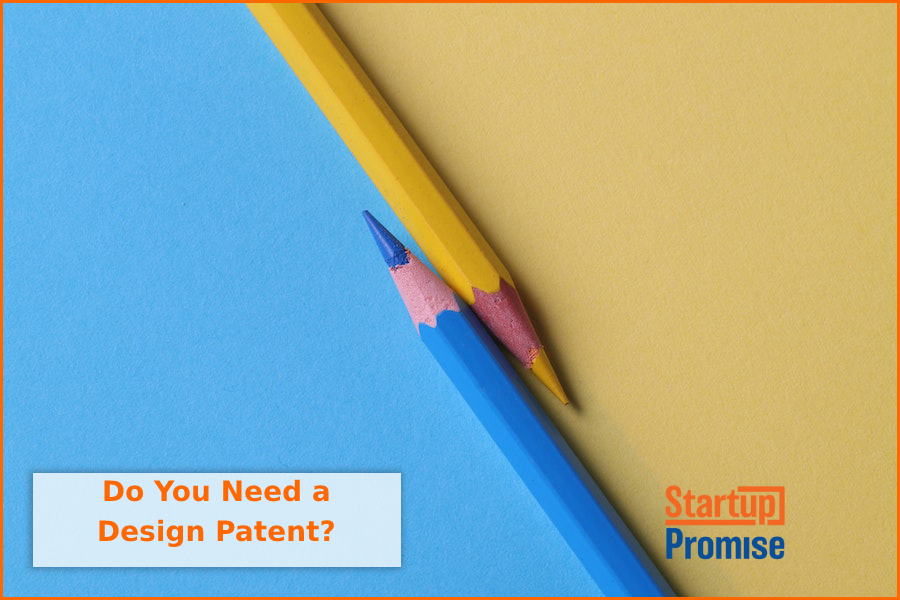- When Does a Descriptive Mark Supplemental Registration Improve Branding? - May 23, 2018
- Getting a Patent: Outline of a Patent Application - July 8, 2014
- What is a Trademark?Trademark Definitions & Considerations - September 11, 2013
You’ve got the (novel and non-obvious?) look!
Design patent woes at Samsung
In the recent Apple-Samsung case, the jury found that Samsung infringed six of Apple’s patents. While we think of Apple as having such technological superiority, three of the patents that Samsung were found to infringe were design patents.
Unlike utility patents which cover any new and useful process, machine, manufacture, or composition of matter, or any new and useful improvement thereof; design patents cover any new, original, and ornamental design for an article of manufacture.


Do you have a question? Ask at the bottom of this post.
One of our advisors will answer!
The design claimed must be based on aesthetic appearance and not on a utilitarian feature. In other words, design patents cover “the look” of a product, it cannot cover a feature required for that product to function.
Two of Apple’s design patents cover electronic devices (e.g. phones) that are rectangular with rounded edges and rounded backs. The third patent covers the way the rounded square icons are gridded out on the graphical user interface. Now the point of this article is not to discuss whether Apple should have been awarded patents on such designs, but whether or not you should consider design patent protection.
Do you need a design patent?
If you make a product with a unique look, a design patent may be worth considering. In addition to being ornamental, your design must be novel and not obvious to those in your field, meaning it must be truly innovative and not a logical extension of a pre-existing design.
Design patents can cover things like chairs, cars, and sunglasses. Now you may be thinking along the lines of: “I didn’t design my product to look pretty or to look unique; my product actually does something important; it has a practical, functional purpose!” Getting a design patent on a product does not preclude you from also getting a utility patent on your invention. Though generally considered a weaker protection than a utility patent, a design patent can be an additional layer of protection on your product and a design patent has a few advantages over a utility patent.
Design patents vs. utility patents
First design patents cost less. The filing fees for a design patent are lower than a utility patent.
With a design patent application there is not a lot of writing, you basically have one claim: “The ornamental design for (the article which embodies the design or to which it is applied) as shown” and brief descriptions of the figures. So generally your legal fees will be less than that of a utility patent application, which can require a significant amount of writing. Now depending on the complexity and number of drawings, the fees to a draftsperson could be substantial, but many companies can do their own figures following the USPTO requirements for drawings.
Second, design patents are examined quicker and a greater percentage of them are allowed.
A design patent typically issues in a little over a year after the filing date. By contrast, the average pendency of a utility patent application is ~ 3 years. With a design patent, you are able to go after infringers who are just blatantly copying your design, and you can do this while your utility patent application is pending. About 90% of design patent applications are allowed, ~80% without any initial rejections. Whereas recently, the allowance rate of utility patent applications has been less than 50%. If you are unable to get your utility patent application allowed, having a design patent provides you with at least some protection to go after overt infringers.
Lastly, once you pay the issue fee on a design patent, you are done! The design patent stays in force for 14 years after the date the patent is granted. With a utility patent, you must pay maintenance fees at 3.5 years ($1150), 7.5 years ($2900) and 11.5 years ($4810) with the patent expiring at 20 years after the filing date of the application. (Fees effective Oct. 5, 2012)


Hello , I have a question, I designed a Yoga accessory that I am not sure I can patent ? or if I need to?
It’s something that I haven’t found on the market and I don’t even know where to start my research? Please let me know if anyone can help me? thank you
Valentina,
Obviously without knowing the specifics, I can only give a general answer. The main criteria for having a patentable invention is that in this case, the accessory is novel (nothing out there like it) and not obvious. The not obvious requirement is a real gray area, but basically if someone with knowledge in the field (exercise, yoga, physical movement type specialists) could come up with your invention based on any resource (prior art) in the field, then the invention is obvious and not patentable. As patent attorney, I spend time refuting rejections from the USPTO based on them combining different patents/applications/other resources and saying that a person in the field could come up with the invention. I have to point out where my client’s invention is distinctive from the prior art and sometimes revise the claims to emphasize that distinction. You can research your idea using Google Patents or Free Patents Online using key word searches to find published patent applications and issued patents that may have a similar idea as your accessory.
Should you invest the time, effort, and money in patenting your idea. You need to determine if it is a feasible business idea, people need or will want to buy your product. You might need to get investors, which would like to see you have at least a patent application pending on your idea. Do your research to explore if it is marketable business idea as well if it might be patentable. If you find reasons to go forward, then you should engage with a patent attorney to begin the patent application process.
Hello, thank you very much, so it makes sense for me to find a patent agent to do a PPA ?
If you believe that you have a marketable idea, filing a provisional patent application is the least expensive way to begin protection, you are at least getting a priority date with the USPTO. However realize that your provisional patent application, though an informal application, will need to support your non-provisional application as (which will be examined) for the early priority date to apply to all aspects of your non-provisional. So make sure that your provisional application is as complete as possible-accurate drawings, full description with alternative configurations, and though claims are not necessary for a provisional, I always suggest trying to write one independent claim so as to see where there might be gaps in your description.
I’ve created a football board game and wondering if it would qualify for a patent? I’ve done a patent search and found several types/styles of the game. I don’t know if I should apply because of the novelty question. However, there are several varieties of the concept that have been awarded. The similar attribute is the obvious field. The differences being the objects and art work on the field of play where I find my design to be unique.
It hard to answer your question because novelty and obviousness are such fact specific inquiries. However, if you question the novelty and obviousness of the invention against a prior art reference(s) (i.e. another similar game), the patent examiner will also and most likely reject your application. You need to focus on what makes your board game distinctive from what others have done before whether they have been patented or not. Those distinctions would need to be the focus of your claims, which are how we legally define an invention. You may want to look into other forms of IP protection such as copyright to protect any artistic expressions (graphics, game pieces, board design, etc.) that are your original creation.
I have a start up just started this year. My provisional is pending then I will file utility and PCT. I will also file trademarks.
My question is, I absolutely need a design patent and I live in America. When I get my design patent do I still need an international patent such as the Hague Agreement? If I only get a design patent in America and start manufacturing my product can someone in a foreign country steal my design and produce my product overseas? Lastly when I do get my design patent is there a time limit for when I should get the Hague Agreement? Final question I need to talk to manufacturers about making my product and when they do the design may change to something better, but if I get a design patent before I speak with them time and money is lost.. so I need to speak with manufacturers who are overseas and how do I protect a design that is still in the works???
Sorry!!!! I’ve been looking for these answers and I’m just lost.
Augustine- Bio- Chem Major
Hi Augustine,
I understand your frustrations with your situation.
Unfortunately, without additional background information regarding your situation, it’s not possible to answer your questions online.
Here’s where you may request additional assistance.
All the best…